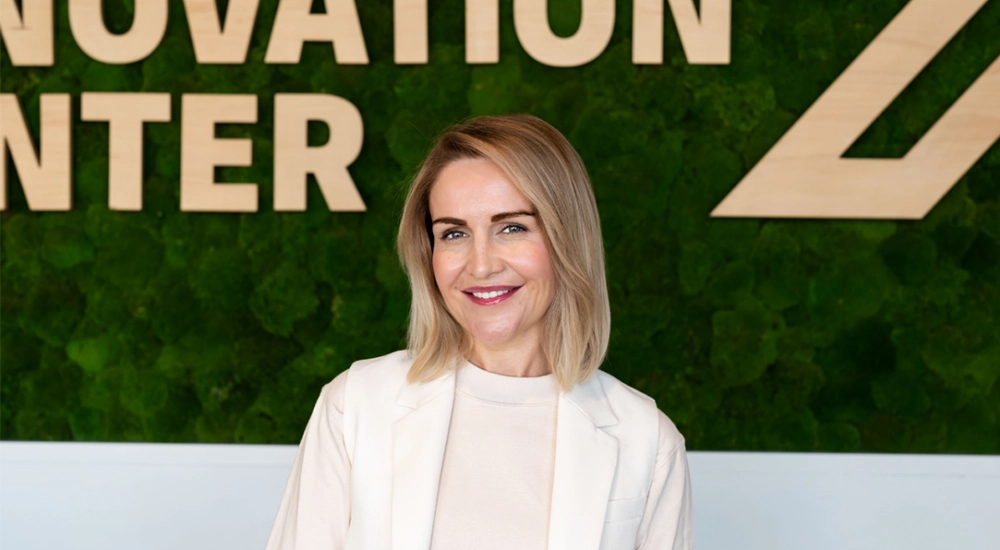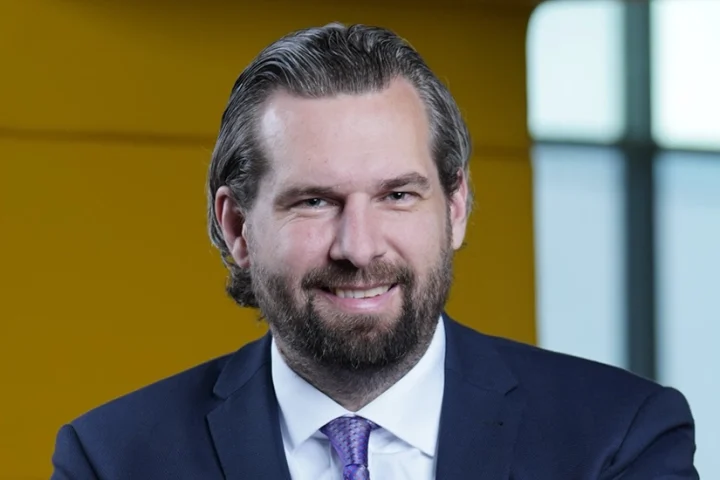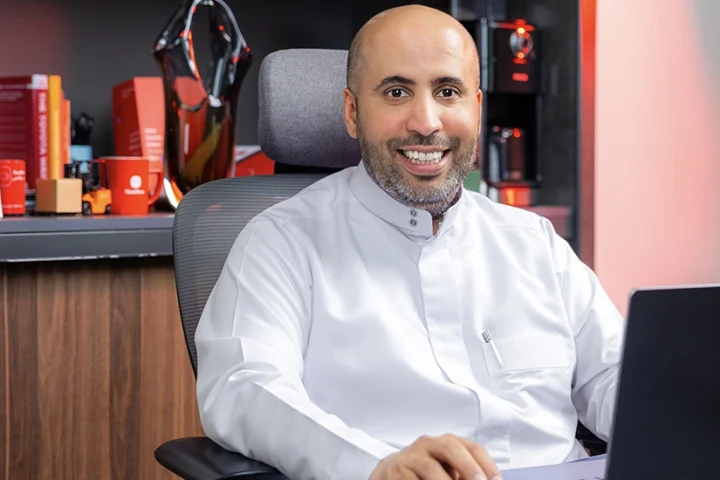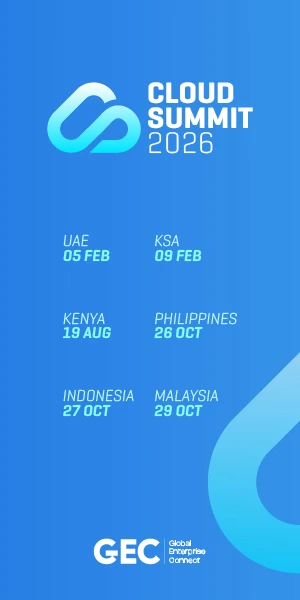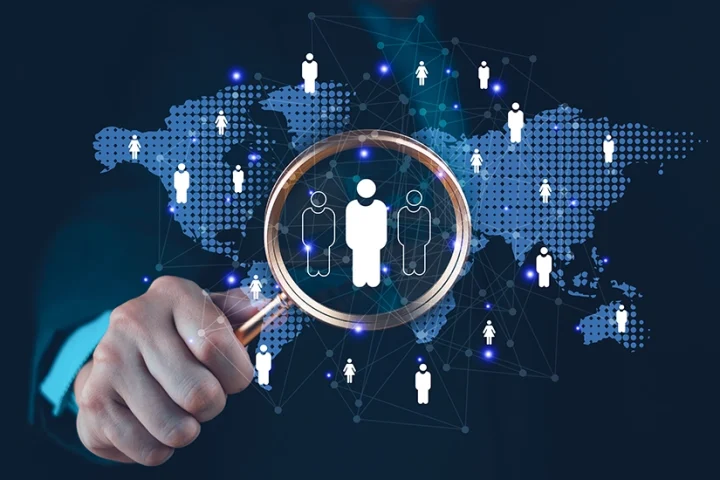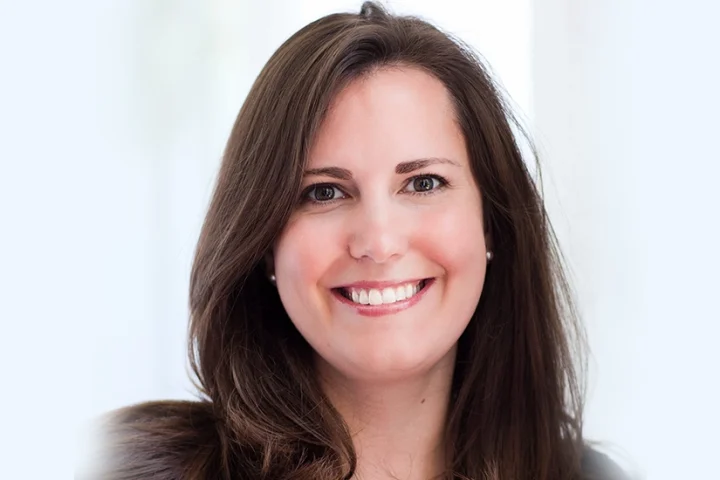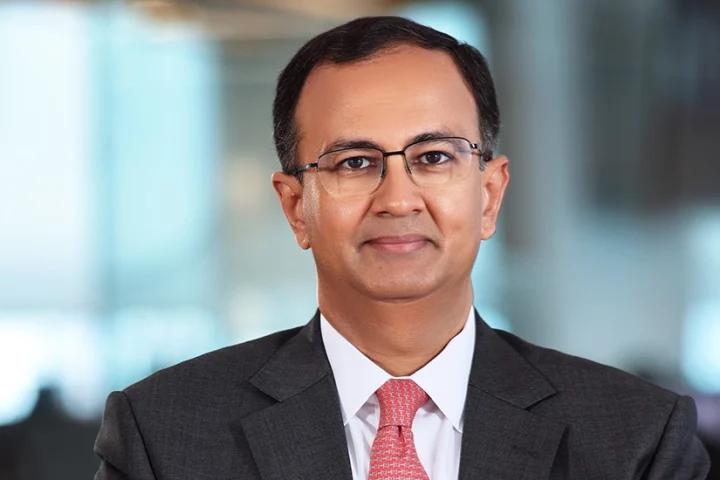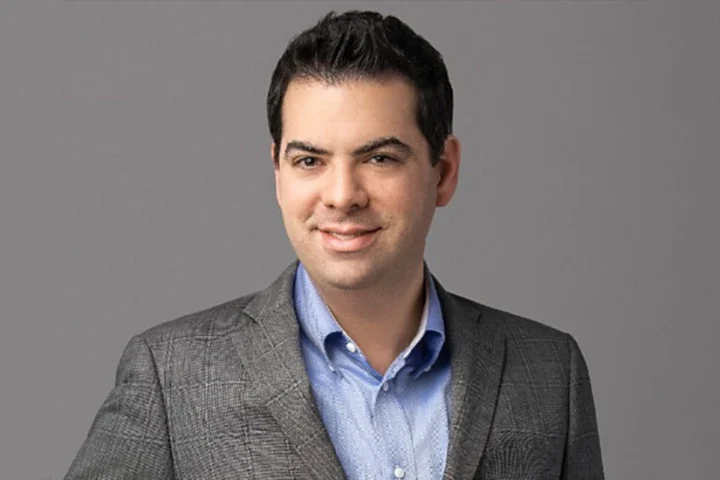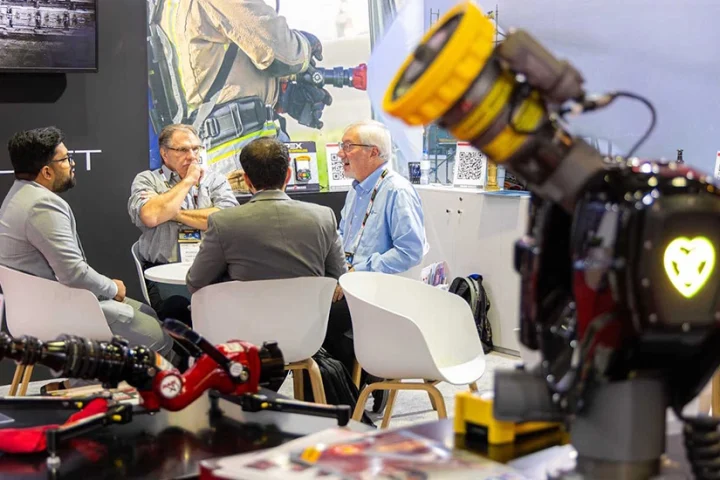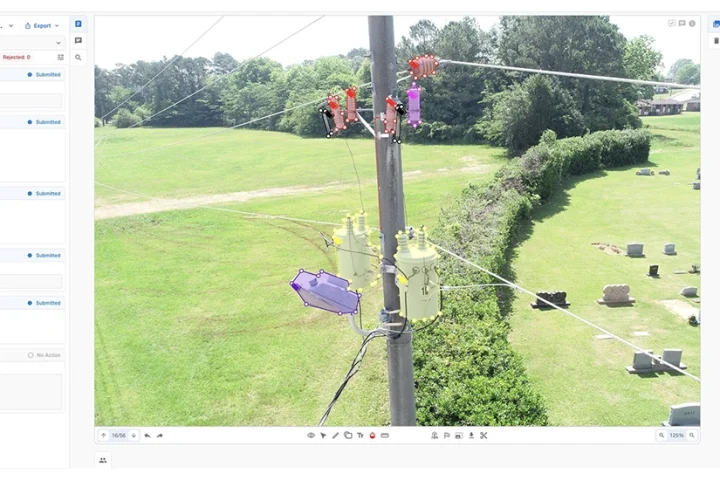Irina Albanese, Head of the DHL Middle East and Africa Innovation Center, on co-creation, AI, and building smarter supply chains.
Tell us a little bit about DHL’s Innovation Center here in Dubai. How does that fit into your global innovation framework?
Actually, it’s not the only Innovation Center. We have four global innovation centers—our first one opened over a decade ago in Germany. The purpose of these centers is to drive customer-centric innovation. We’re not the only group in DHL working on innovation, of course. But our role is to be at the forefront with our customers, identifying their evolving needs, and sharing insights—for example, from our view of logistics trends and the future of the supply chain.
We focus heavily on co-creation. Much of logistics is project-based, with customer-specific solutions. So our Innovation Center serves as a platform to engage with customers, academia, and startups. Startups, especially, benefit from having an entry point into a large organization like DHL. We play the role of a “spider in the web,” connecting the right dots—customers, innovators, internal teams—and from that, we generate impactful projects. We run pilots, and anything scalable is handed back to business units for rollout.
Have any use cases piloted here been adopted globally?
Yes. This region has some very specific focus areas, particularly around security and shipment protection. For example, we have a specialized team working on smart sensors and IoT technologies. From this region, we also focus heavily on food logistics and pharma.
One specific use case involved berries imported from South Africa. Despite traveling in controlled environments, they arrived water-damaged. By equipping pallets with IoT devices, we discovered the berries were exposed to shock even before DHL transported them—resulting in bruising and faster spoilage.
It might sound minor, but considering the vast amounts of food transported globally and that over 70% of it is wasted in the supply chain, reducing food waste becomes critical. Humanity already produces enough food to feed everyone—the challenge is in preserving it. That’s an area where we take responsibility.
We also invest in computer vision, and in combining it with IoT for health, safety, and security—especially for industrial projects like gas turbines or oil rigs, where safety is paramount. We’ve looked at computer vision-assisted loading and unloading solutions, for example.
What percentage of your business is now digital? I’m assuming customer-facing operations are close to 100% digital.
It depends on how you define “digital.” A few years ago, Gartner reported that 80% of tasks in logistics are already automated. Many still imagine automation in logistics as robots moving boxes, but in reality, much of the work—quoting, routing, scheduling—is digital.
Even in warehouses like this one, where you don’t see obvious robotics, processes are still automated. For example, the warehouse management system (WMS) drives tasks like picking, packing, and consolidation. Physical execution is done by people, but the workflow and quality checks are fully digital.
So yes, more than 80% of logistics tasks are automated. Only the physical movement remains manual—though even that is being automated where it makes sense. In regions like the UK, US, and Japan—where labor is scarce or expensive—we see more robotics, like assisted picking and robot-human collaboration. In this region, labor is still more available and affordable, so that shift is slower.
How do you balance AI-driven automation with workforce displacement? Are you reskilling employees?
Great question. First, in many regions, the challenge is not displacement—it’s labor shortage. We simply cannot find enough warehouse workers. So automation is driven by necessity and by technological maturity. Robotics now have better dexterity, faster processing, and more affordability.
Picking a shipment may be simple for a human, but incredibly complex for a robot. It requires vision, identification, and grip adaptability. But as computing power increases and costs decline, automation of manual logistics tasks becomes both feasible and necessary.
You’re promoting end-to-end shipment transparency. How realistic is full, real-time visibility in a global network?
It’s absolutely possible. If a shipment is expensive or requires special treatment (like temperature control), we offer real-time tracking with IoT sensors. That gives visibility down to the pallet or even individual box level.
However, not all shipments need full real-time data. For those, we use checkpoint-based visibility, where tracking is logged at every scan point. So it’s about what the customer needs. If full real-time visibility is required, we provide it via our in-house IoT platform. We also help customers choose the right device, depending on geography and data needs—temperature, humidity, location, and so on.
You’ve explored Blockchain for traceability. Can you elaborate on its role today?
Five years ago, Blockchain was highly hyped. Today, we still see valuable use cases, though not as broadly applied as once thought.
Customs is a great example—particularly for verifying e-commerce goods returning to countries like the UAE. We also use blockchain for pharma traceability, where tamper-proof records are vital. But not every shipment requires blockchain. Its power lies in collaboration, and we’re working with customs organizations worldwide to adopt it.
You showed us a demo of agentic AI in customer service. Are you using it in other areas—HR, for example?
Absolutely. One of our four priority use cases for generative and agentic AI is recruitment. We’re actively exploring it for fraud detection as well. That said, we’re very careful about avoiding AI bias—especially in hiring.
We’re putting guardrails in place to ensure the AI doesn’t reinforce historical patterns (e.g., hiring the same profile repeatedly). Fairness and compliance are critical for us.
On sustainability—you mentioned employee engagement. Do you encourage them, say, to drive EVs?
Sustainability for us covers environmental, social, and governance (ESG) dimensions. For employees, that includes access to programs like GoTeach and GoHelp, which are funded by DHL and allow staff to support local communities.
On EVs: It depends on the country. In Germany, for example, you can’t get a company car that isn’t electric. In the UAE, our HR team is working on a new benefits package to make EVs more financially attractive for employees.
How about inclusion? What’s the percentage of women in upper and middle management in the MENA region?
It’s actually very high—close to 50%, which is above the global average. In Global Forwarding, most country managers in the MENA region are women. Our colleague Amadou is a strong advocate for this.
And it’s not just about gender. Inclusion for us also means ethnic diversity, educational background, and more. Personally, as a woman, I want to be seen as a whole person—not just a female leader. But yes, we can get you the exact statistics.


